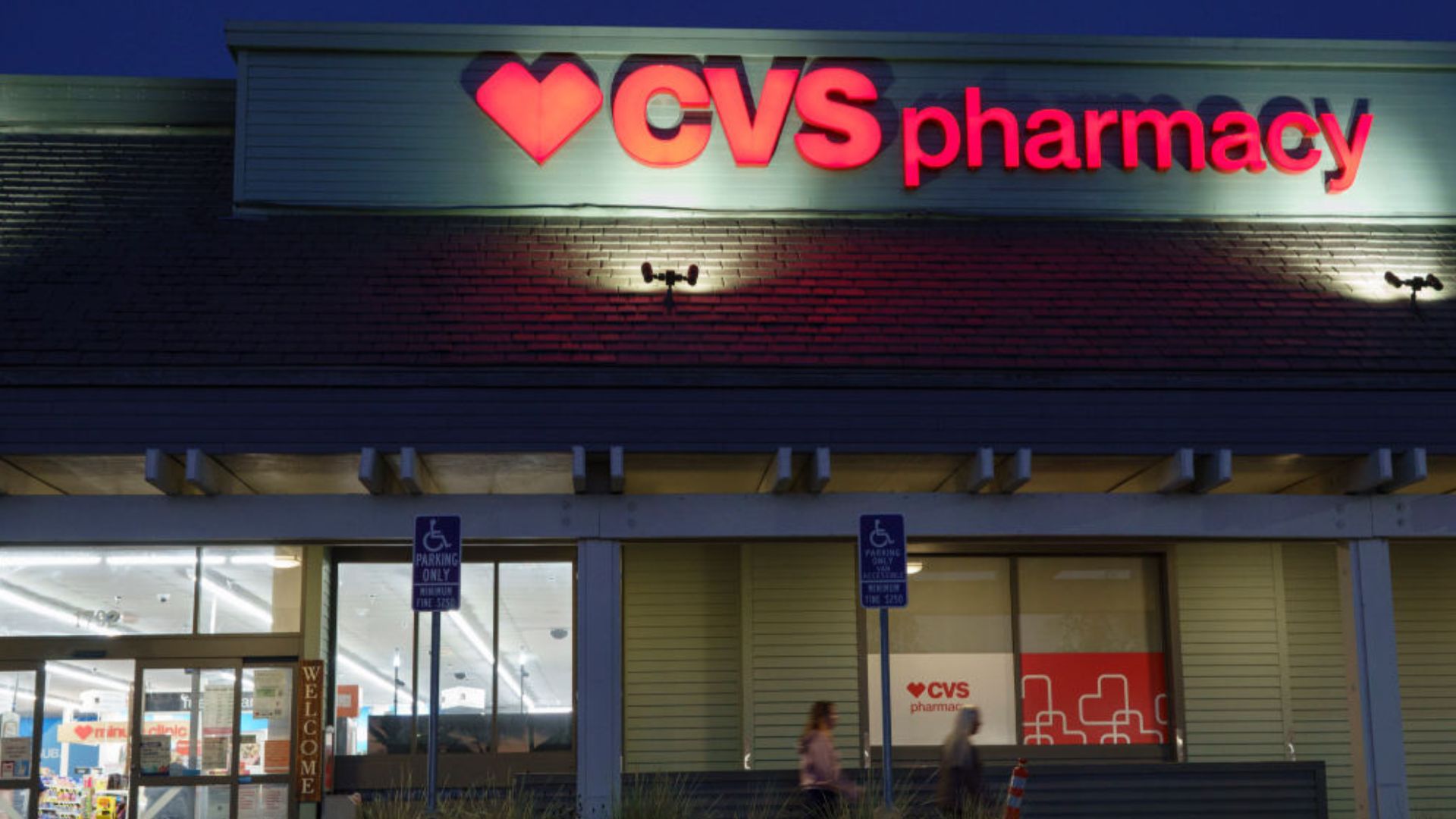Improved automation and data-driven solutions are optimizing the patient collections process, even as providers face rising costs, shrinking reimbursements, looming changes to credit reporting, and an ongoing push toward greater efficiency. How do current solutions stack up against these challenges? Matt Hanas, Lead Product Manager at Experian Health, shares responses to some of the questions he’s hearing from around the industry.
Q: Automation continues to be a buzzword in 2025, but what does it mean day-to-day for patient collections? What can automation do for healthcare providers and hospitals in 2025?
“Automation can mean many different things,” says Hanas. “It might mean saving on full-time employee hours or the number of clicks made by a user with an EHR like Epic. It could mean removing human intervention from a process, or trusting a vendor to deliver results without needing oversight.”
“When deployed correctly, automation will either reduce waste or increase profitability—or both,” he continues. “Imagine being able to export AR files out of an EHR on a daily basis. Those files trigger multiple processes that check for missed insurance coverage, bankruptcy filings, bad addresses and charity qualifications, to name a few possibilities. That information can be scored and segmented to drive hands-off dialer and text campaigns, with results delivered back to the EHR automatically and used to populate work lists and queues for staff to review—or, better yet, to create additional automation rules within the EHR to perform automated tasks like adjustments and write-offs.”
“Collections Optimization Manager has the proven ability to automate workflows. It’s used at hospitals around the country to discover overlooked Medicaid coverage, apply charity write-offs, utilize interactive voice responses (IVR) to collect payments, send out text message payment reminders and more,” Hanas says. “These are all key drivers behind a profitable and efficient healthcare organization. Thousands of hours are being saved, while hospitals and providers achieve greater efficiency and profitability.”
Q: Can segmentation increase collections and boost patient satisfaction? How does the power of intuitive segmentation improve the patient collections process?
“For certain, failing to understand patients’ individual needs is not a recipe for improving collections or increasing patient satisfaction,” says Hanas. Healthcare costs are rising, physician reimbursement is decreasing, and many consumers are feeling an economic squeeze. A 2024 survey by Commonwealth Fund found nearly half of respondents (48%) had skipped care, declined to fill a prescription, or decided against seeing a specialist because of cost. In this environment, segmentation can help providers develop a more responsive process, which may help to facilitate patient collections.
“When providers use detailed, comprehensive segmentation, they can implement specific contact strategies, payment plans or even automatic write-offs based on a patient’s unique financial status,” says Hanas. “They can ensure that each patient has the right number of touches and can offer them a range of possible payment options.” For example, Patient Financial Clearance can connect eligible patients with financial assistance or charity.
“There are various data models used across the industry,” Hanas explains. “They group patients by credit data, payment history, demographics, geolocation, and a variety of other factors. What makes Experian Health segmentation so powerful is that it includes all of these factors. Having many types of data come together via algorithms and analytic models helps providers better understand their patients’ financial factors, patient by patient. With properly deployed and utilized segmentation, collections can become a better-informed interaction between a patient and their provider that benefits both,” Hanas says.
Q: Outsourcing the patient collections process is standard practice, but do most providers really know how their agencies are performing? How can providers optimize these important relationships?
“Once providers have done the time-consuming research and picked an agency to partner with, their challenge is knowing whether those agencies are performing to standards,” Hanas says. “With thousands and thousands of accounts flying back and forth between the hospital and the agency (or agencies), monitoring performance manually would take an unimaginable amount of time.”
Experian Health has tools to automate the process. “Collections Optimization Manager has an offering built into it that monitors agency performance on multiple levels,” says Hanas. “It includes details [like] whether an agency’s license has expired, or whether they’ve had a complaint or lawsuit filed against them. Because money collected is the true performance metric, it also compares account balances for each provider account against what the agency says they’ve collected. These results are then reported on dashboards, reports and scorecards, so providers get easily digestible information.”
Data also helps providers compare performance between agencies. “Clients are using performance metrics from Collections Optimization to line agencies up against each other and compare,” Hanas says. “This ‘challenger’ technique allows providers to see which agency is delivering superior performance,” and then these providers can ultimately make decisions on how to allocate business going forward.
Q: In addition to keeping up with operational challenges and technology, providers are navigating changes in the regulatory space. How are fast-evolving state regulations around financial assistance affecting collections strategies?
“More and more states are passing financial assistance-specific regulations,” says Hanas. “Illinois, Oregon, Minnesota, Maine, California, and North Carolina are just a few of the states that have enacted such laws, and each state has its own rules around how financial assistance should be approached. These regulations affect when action can be taken before sending statements to patients or sending accounts to collections.”
“For example, in Maine, individuals who are eligible for charity care – defined as being at or below 150% of the federal poverty line (FPL) – may not have their bills sent to collections. For individuals over 150% FPL, nonprofit hospitals must wait at least 120 days after they send the first post-discharge bill before sending the bill to collections, by federal law,” Hanas explains.
“In New York, a bill can be sent to collections if the patient has been provided written notification of the financial assistance program within 30 days of the bill being referred to a collector,” Hanas says. “However, for a hospital to participate in New York’s indigent care pool, a hospital cannot send a bill to collections if there is a pending financial assistance application.
“In New Jersey, an individual can only be sent to collections for amounts that are determined to be not eligible for charity care,” says Hanas. “A hospital must give applicants written notice informing them about charity care, Medicaid, or NJ FamilyCare, or refer them to a medical assistance program within three months of the date of service. If they don’t, then the hospital cannot pursue collections.
“Because every state has different laws, it can be very cumbersome and time-consuming for providers to comply with these changes,” Hanas concludes. “Finding and implementing the tools needed to carry out these requirements can be a challenge.”
Q: How can the right tools help providers meet regulatory requirements without disrupting collections?
“One common theme among many of these regulations is for states to require providers to screen patients at the start of the patient care cycle to make sure they’re offered the proper charity care and financial assistance options they may be eligible for,” says Hanas.
“Here’s an example,” he continues. “On January 1, 2025, North Carolina enacted the Comprehensive Medical Debt Relief and Reform Incentive Program. The program focuses on two main aspects—providing medical debt relief for patients and helping them access financial assistance by focusing on their presumptive eligibility for charity care. To achieve this objective, hospitals will start to automatically qualify certain patients for charity care by looking at the patient’s FPL to make sure that discounts or full write-offs are applied to their medical services as appropriate.
“This is where a comprehensive end-to-end solution can be of great value,” Hanas notes. “It allows hospitals to obtain the data they need to proactively offer and provide charity care and financial assistance options based on each patient’s FPL, which is derived from household income and household size.
“The Collections Optimization solution at Experian Health not only focuses on the collections part of the hospitals’ workflows but the charity care part as well. Collections Optimization can return FPL scores for each patient so that these patients aren’t being moved further down the patient care cycle and placed into the collections stream if they’re eligible for financial assistance or charity care. As a result,” Hanas concludes, “patients are well-served by financial assistance programs, while providers are empowered to implement their programs effectively as they comply with changing state laws.”
Find out more about how Collections Optimization Manager helps providers adapt to constantly evolving challenges with the patient collections process.
Publisher: Source link









